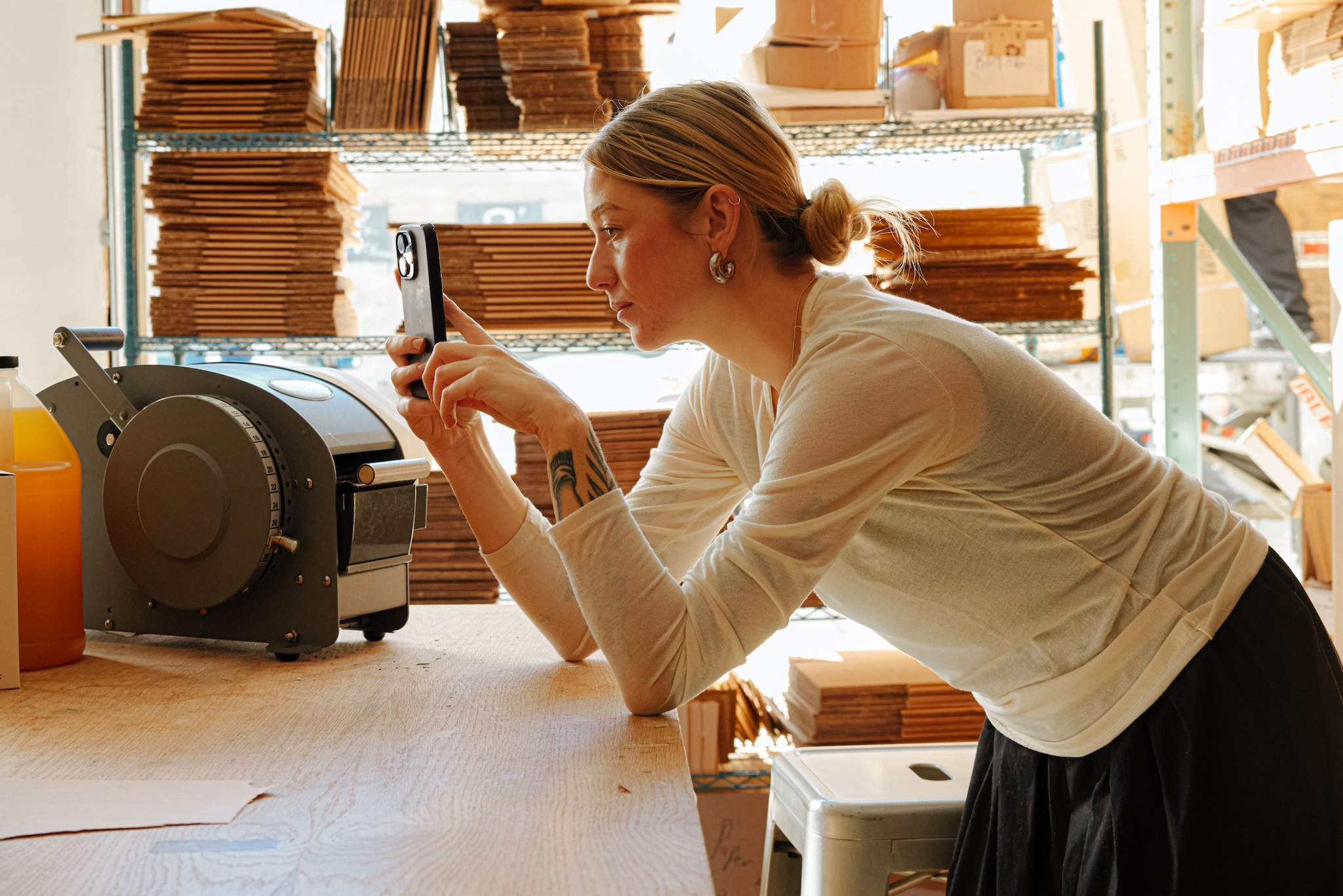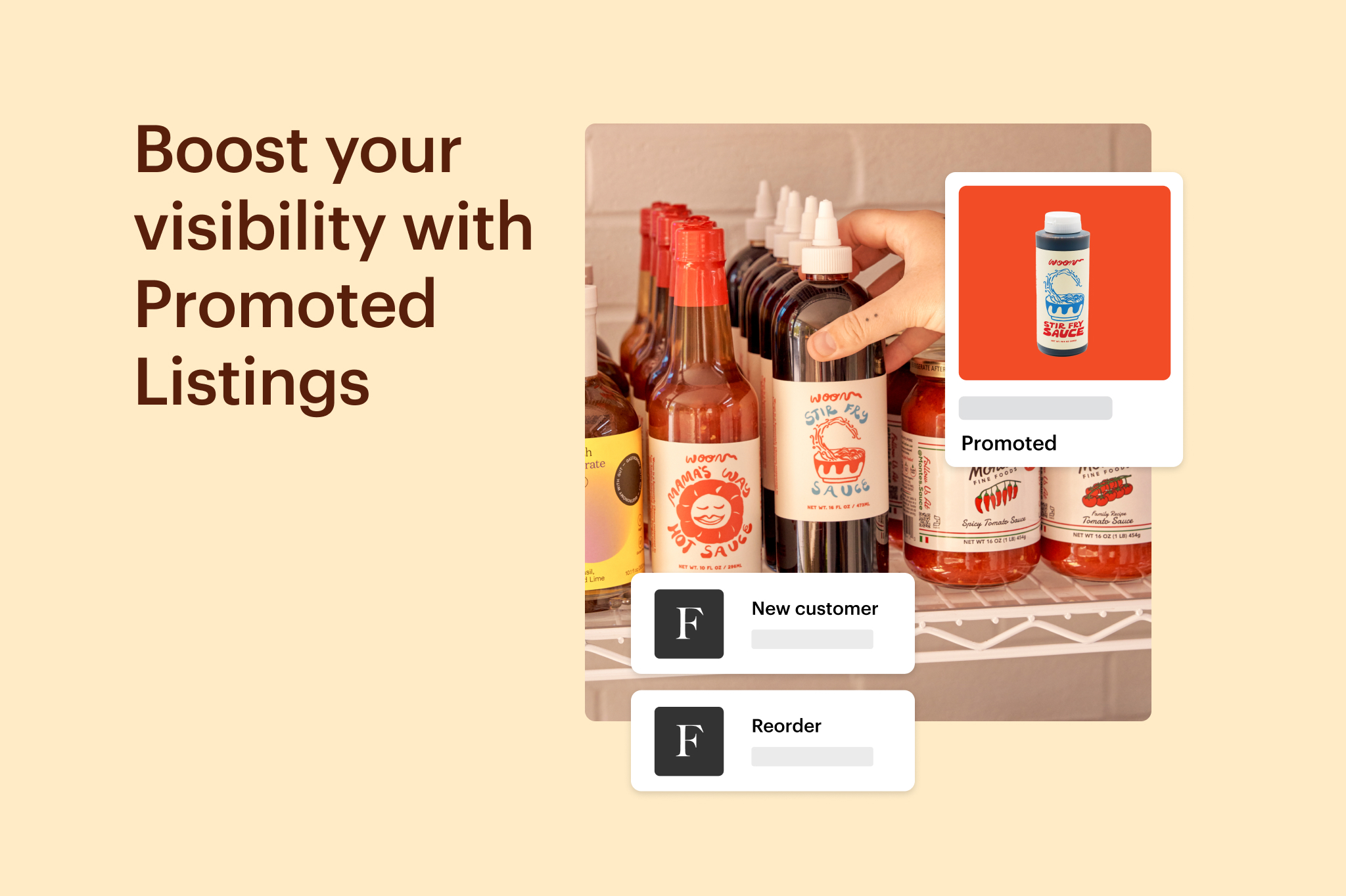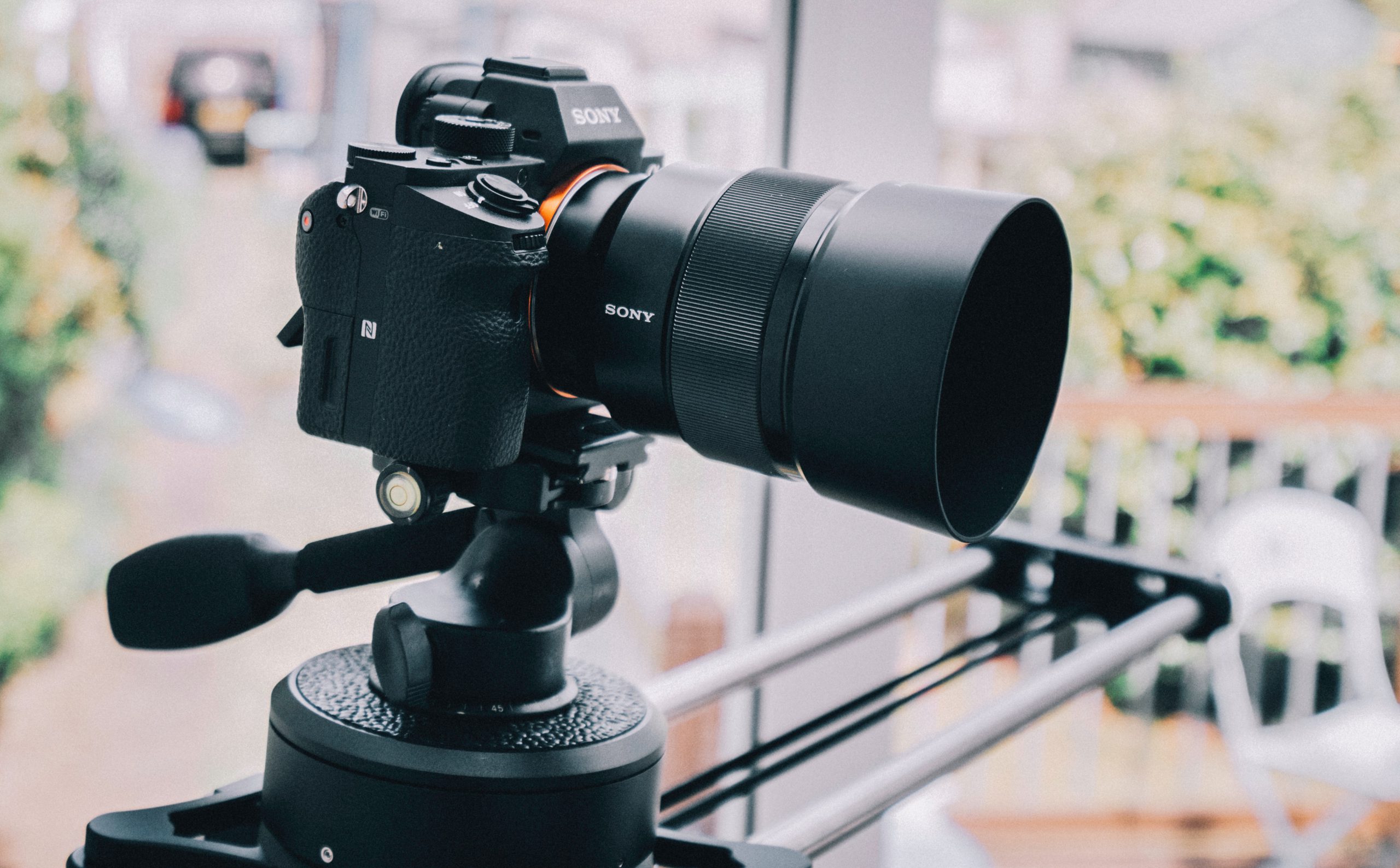
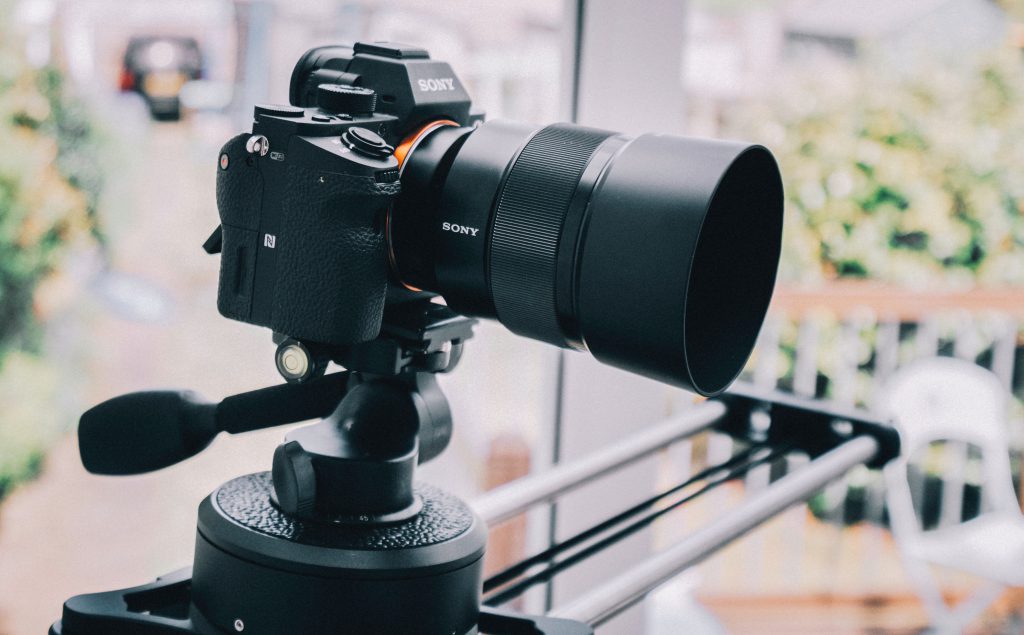
Digital video technology is fundamentally changing the way that small businesses operate. The pandemic has accelerated a shift toward doing business virtually, and tools like video can make online buying even easier. Brand videos allow customers to understand how products look and work, wherever they are.
The widespread access to smartphones with high-quality video capability makes it seamless for brand owners to film and share their products. Plus, today we’ve launched a new feature that allows brands to share videos directly on Faire.
So, what’s the best way to use video for your business? Today, we’re reviewing how you can successfully add video to your marketing toolkit.
Understand what makes a high-quality video
The first step in using video in your marketing is to learn more about the medium. You don’t need expensive production tools to create effective videos. In fact, you can start by simply using your smartphone.
Producing high-quality videos mostly comes down to resolution (pixels and frame rate) and how you compose your shots, but there are other considerations as well. Here are a few factors to consider:
- Resolution. Aim for 1920 x 1080p to achieve the best viewer experience. Shooting from an iPhone? Go to Settings > Camera > Record Video and confirm you are set to 1080p HD and at least 30 fps (frames per second). Then, head to Settings > Camera > Formats and select High Efficiency (or HEVC) format.
- Lighting. Ensure that your light source (whether natural light from a window or artificial lighting) is positioned behind the camera so your scenes aren’t backlit.
- Composition. It’s generally recommended to film video horizontally. This is best for viewing video in a web browser experience. However, if you’re shooting video for your Instagram stories or TikTok, you can shoot vertically. If possible, use a tripod or mount for a clean and steady shot.
- Audio quality optimization. Elevating the professionalism of your videos can also involve enhancing the audio component. An innovative solution for achieving crystal-clear dialogue or narration without the need for expensive equipment or professional voice actors is to incorporate an AI voice generator. This tool leverages advanced technology to provide realistic and engaging voiceovers, ensuring your video content captivates your audience with both visual and auditory excellence.
- Audio. Optimize your space for the best sound quality. Avoid headphones, echoing rooms, and background noise such as fans and air conditioners. Be sure to turn off notifications on your device. When you’re speaking, ensure you are facing the camera.
Try different content to see what resonates
Developing your video content is a fun opportunity to get creative. You can test different types of content to see what your customers enjoy most. However, clear, focused content should always be the goal.
- Your brand’s story. Introduce your founding story, brand mission, and team.
- Collection overview. Discuss the inspiration behind a line or seasonal collection.
- Product close-up. Review the important details and features of one of your products.
- How-to. Help retailers display and merchandise your products.
- Behind-the-scenes. Give customers an exclusive look at your workspace or creative process.
- General update: Make an announcement from your team about your brand.
- FAQ. Answer common questions from buyers.
Share across your digital channels
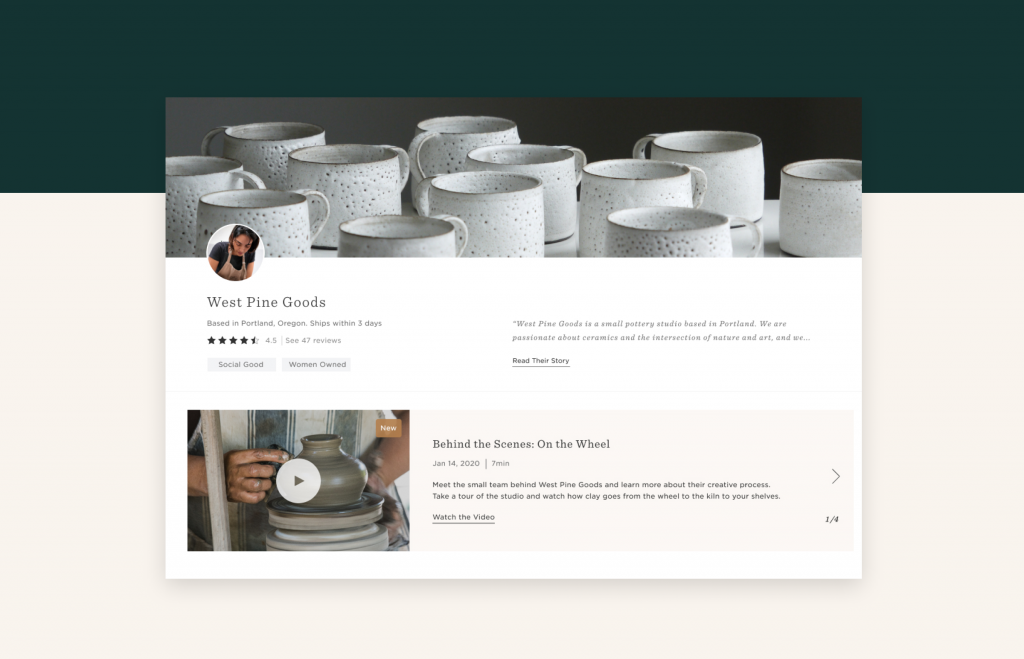
Once your video content is created, it’s important to start sharing it strategically. Producing only becomes worthwhile if you have viewers! To start, upload your video to a hosting site like YouTube. Then, YouTube generates HTML code that you can easily copy and paste for use on your website. You can also link to the video in your email marketing.
Additionally, social channels such as Instagram, Facebook, Twitter, and TikTok are great places to share video content. Meet your customers where they are by choosing channels where you see the most engagement.

